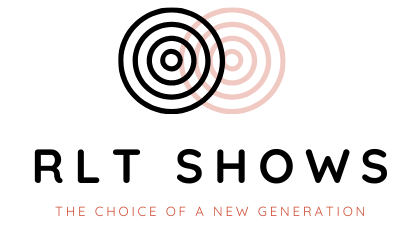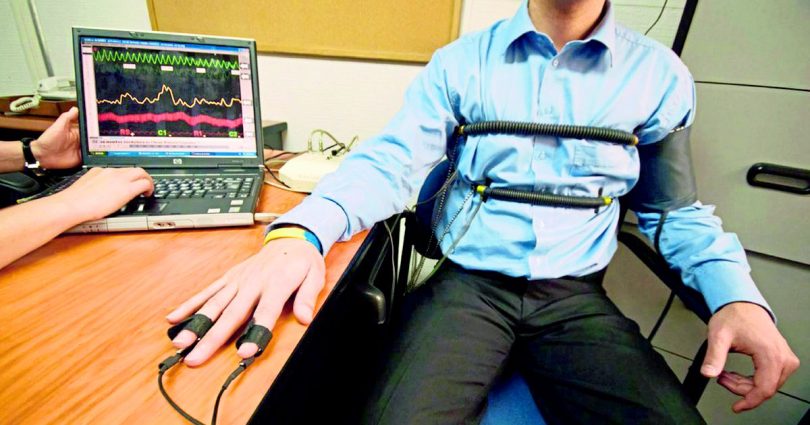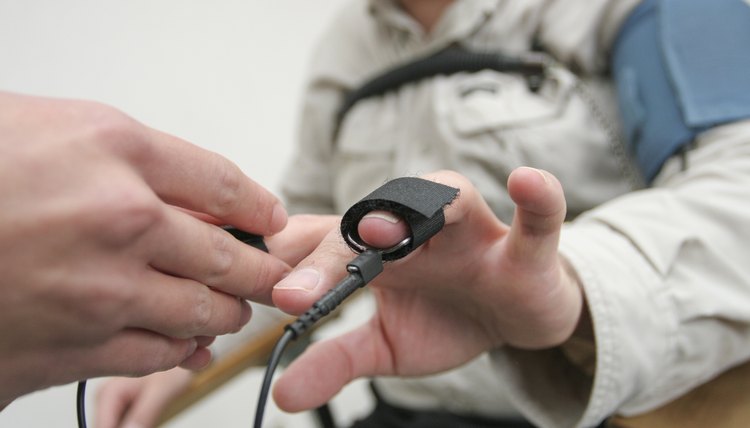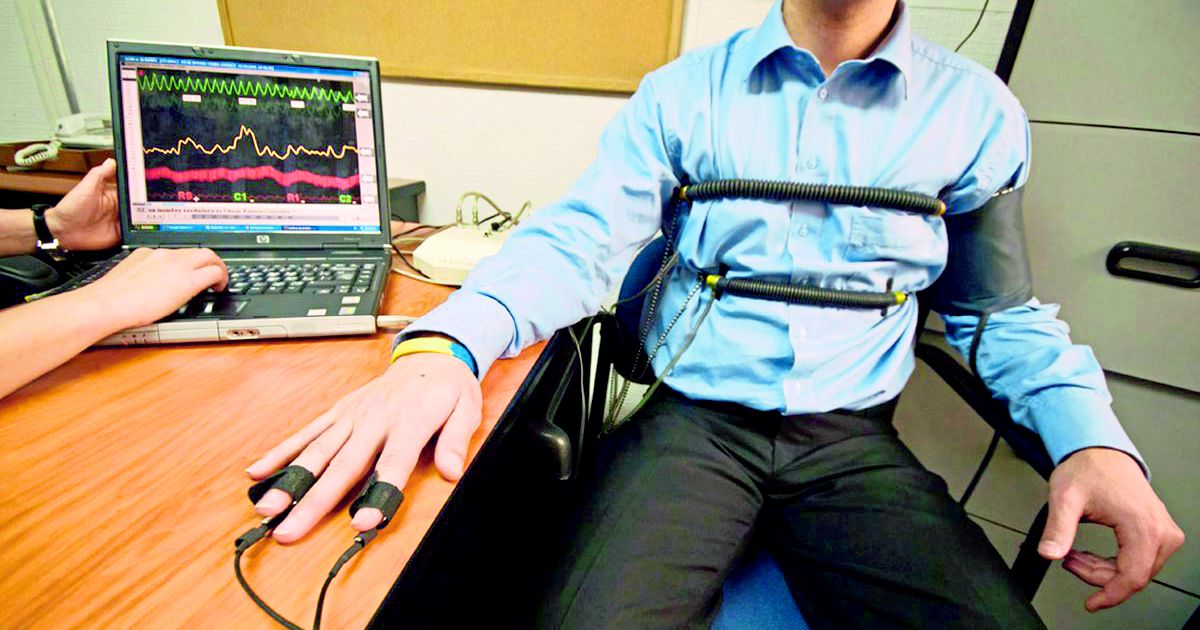Lie detector tests have been around for decades, and they are used as a tool to detect deception. However, the accuracy of these tests is often questioned. In this article, we will explore the evolution of lie detector tests from polygraphs to modern eye-tracking technology and discuss the accuracy of the lie detector test in Birmingham.
History of Lie Detection
- Polygraph Tests
The first type of lie detection was developed in 1921 by John Larsen with his invention known as the “polygraph” which measured physiological responses such as breathing rate, heart rate, blood pressure, and perspiration levels while the subject answered questions. Over time improvements were made to polygraphs which included adding more sensors to measure other physical signals like galvanic skin response (GSR).
- Voice Stress Analysis
In 1977, Charles Humble developed voice stress analysis (VSA), an advanced form of lie detection that tracked changes in a person’s vocal patterns when asked certain questions. VSA was touted as being more accurate than polygraphs since it focused on subtle nuances in one’s voice rather than their physical reactions.
- Computer Voice Stress Analysis
In 2000, Computer Voice Stress Analysis (CVSA) was introduced which allowed examiners to measure tiny changes in a person’s vocal patterns using specialized software combined with digital audio recordings. This improved accuracy over traditional polygraphs since it could detect even more subtle changes in speech patterns that would be difficult for humans to detect.
- Eye Movement Desensitization and Reprocessing
In 2002, Eye Movement Desensitization and Reprocessing (EMDR) was used as an alternative method for detecting deception by tracking a person’s eye movements while they answered questions. EMDR uses sophisticated computer algorithms to analyze changes in eye movement patterns and can detect even slight deviations from normal behavior that might indicate deception or lying.
Modern Day Lie Detectors
- Gaze Detection Software
Today there are several types of technologies available for lie detection, including gaze detection software which tracks a person’s eye movement during questioning and looks for signs that may indicate deception or lying such as increased blinking or pupil dilation. Gaze detection is seen as one of the most reliable methods for detecting deception due to its ability to pinpoint small changes in behavior quickly and accurately.
- Brain Activity Monitors
Another advanced form of lie detection is brain activity monitors, which use electrodes placed on a person’s scalp to track electrical activity within their brain while answering questions about their honesty or integrity. Brain activity monitors can determine if someone is telling the truth based on how their brain responds when asked certain questions; however this method is still not 100% accurate and results should be interpreted with caution.
- Accuracy Of The Lie Detector Test In Birmingham
There are many factors that go into determining the accuracy of a lie detector test, including who administers it, how it’s administered, what type it is, etc., but overall, studies have shown that people who take them generally do better at detecting lies than those who don’t take them at all. In terms of testing done specifically in Birmingham city centre – statistics show that over 95% success rate has been achieved across all tests conducted so far making them highly accurate compared to other locations throughout UK & Europe!



